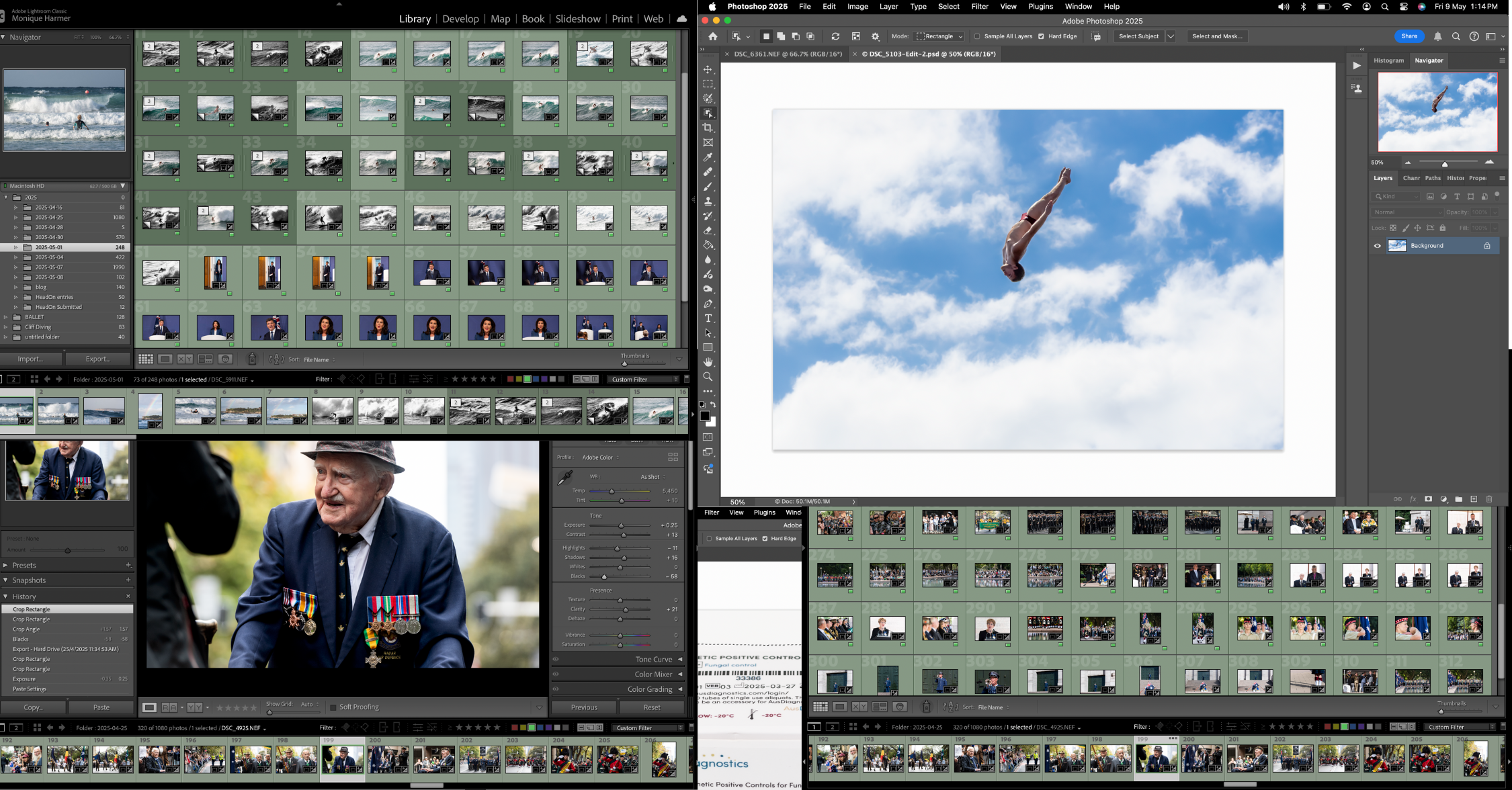
Edit Photos Like a Pro Lightroom Photoshop 2025
Mastering Creative Control📸 How to Edit Photos Like a Pro in Lightroom & Photoshop (2025 Creative Photographer’s Guide) How do you edit photos like a

When selecting a camera, particularly in terms of sensor size, it’s essential to understand how sensor size impacts key features like low-light performance, In-Body Image Stabilisation (IBIS), and how these factors apply to personal versus professional use. The sensor size affects overall image quality, noise levels, depth of field control, and dynamic range, while IBIS influences sharpness and stabilisation in handheld shooting.
Let’s break down how different sensor sizes (full-frame, APS-C, Micro Four Thirds) perform in low-light conditions, with IBIS, and the advantages/disadvantages for both personal and professional use.
Size: Equivalent to a 35mm film frame, measuring approximately 36mm x 24mm.
Low-Light Performance:
Advantages for Low-Light:
Disadvantages for Low-Light:
IBIS (In-Body Image Stabilisation):
Advantages with IBIS:
Disadvantages with IBIS:
Personal Use Advantages:
Personal Use Disadvantages:
Professional Use Advantages:
Professional Use Disadvantages:
Size: Smaller than full-frame, measuring around 22mm x 15mm.
Low-Light Performance:
Advantages for Low-Light:
Disadvantages for Low-Light:
IBIS (In-Body Image Stabilisation):
Advantages with IBIS:
Disadvantages with IBIS:
Personal Use Advantages:
Personal Use Disadvantages:
Professional Use Advantages:
Professional Use Disadvantages:
Size: Smaller than APS-C, approximately 17.3mm x 13mm.
Low-Light Performance:
Advantages for Low-Light:
Disadvantages for Low-Light:
IBIS (In-Body Image Stabilisation):
Advantages with IBIS:
Disadvantages with IBIS:
Personal Use Advantages:
Personal Use Disadvantages:
Professional Use Advantages:
Professional Use Disadvantages:
Choosing the right sensor size depends on your use case, budget, and desired image quality. For personal use, the smaller APS-C or Micro Four Thirds may offer a good balance of price and quality, while professionals will likely lean towards full-frame systems for maximum performance in diverse conditions.
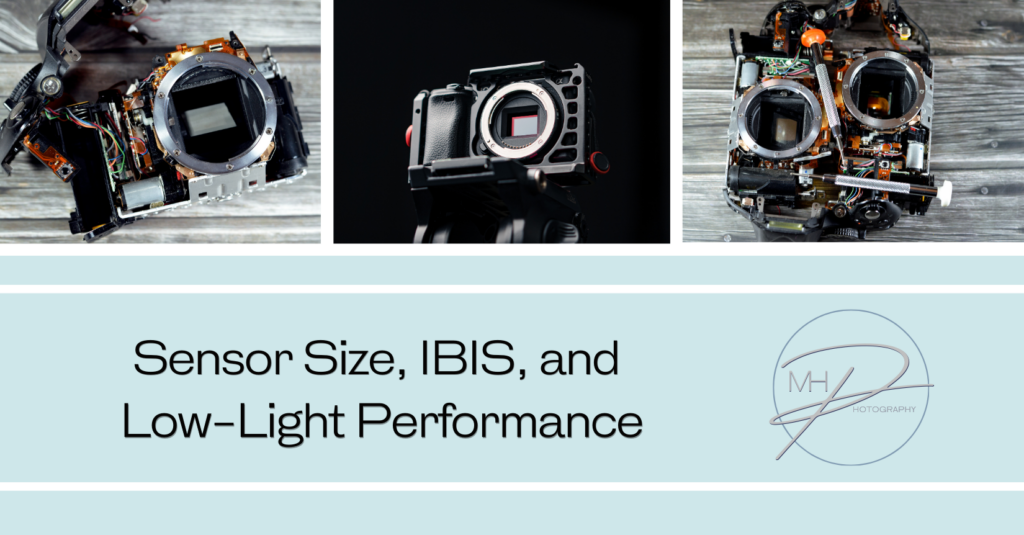
No spam, notifications only about new blogs & updates.
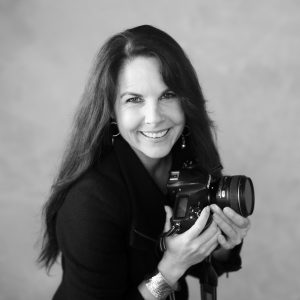
Personal and business brand image expert. Photographer and educator who is super passionate about empowering business women and men to have a positive self perception, with the right tools and guidance so they can share their gifts with the world.


Mastering Creative Control📸 How to Edit Photos Like a Pro in Lightroom & Photoshop (2025 Creative Photographer’s Guide) How do you edit photos like a
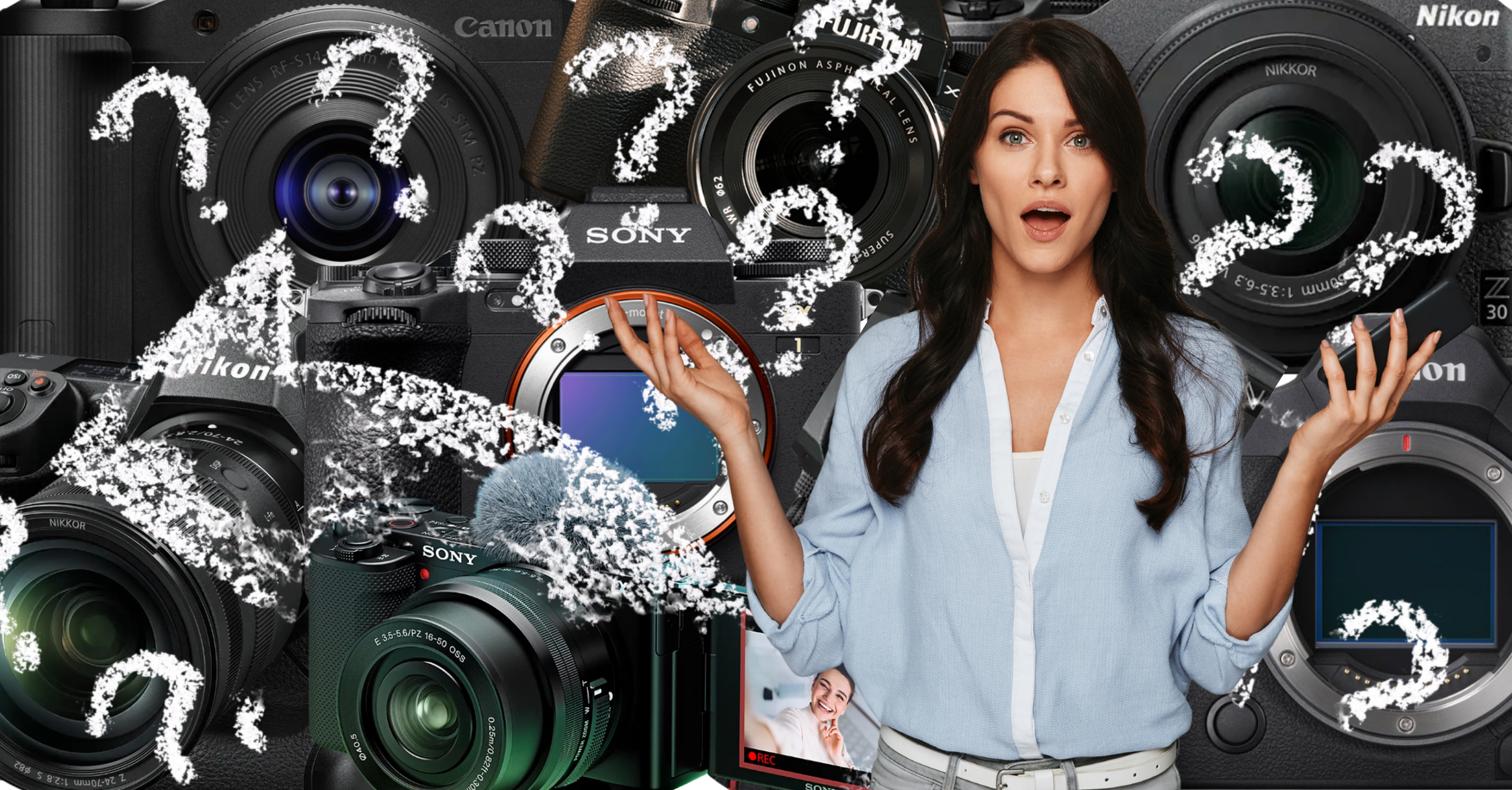
DSLR vs. Mirrorless in 2025: Which Should You Choose and Why It Matters In the fast-evolving world of photography, choosing between a DSLR and a
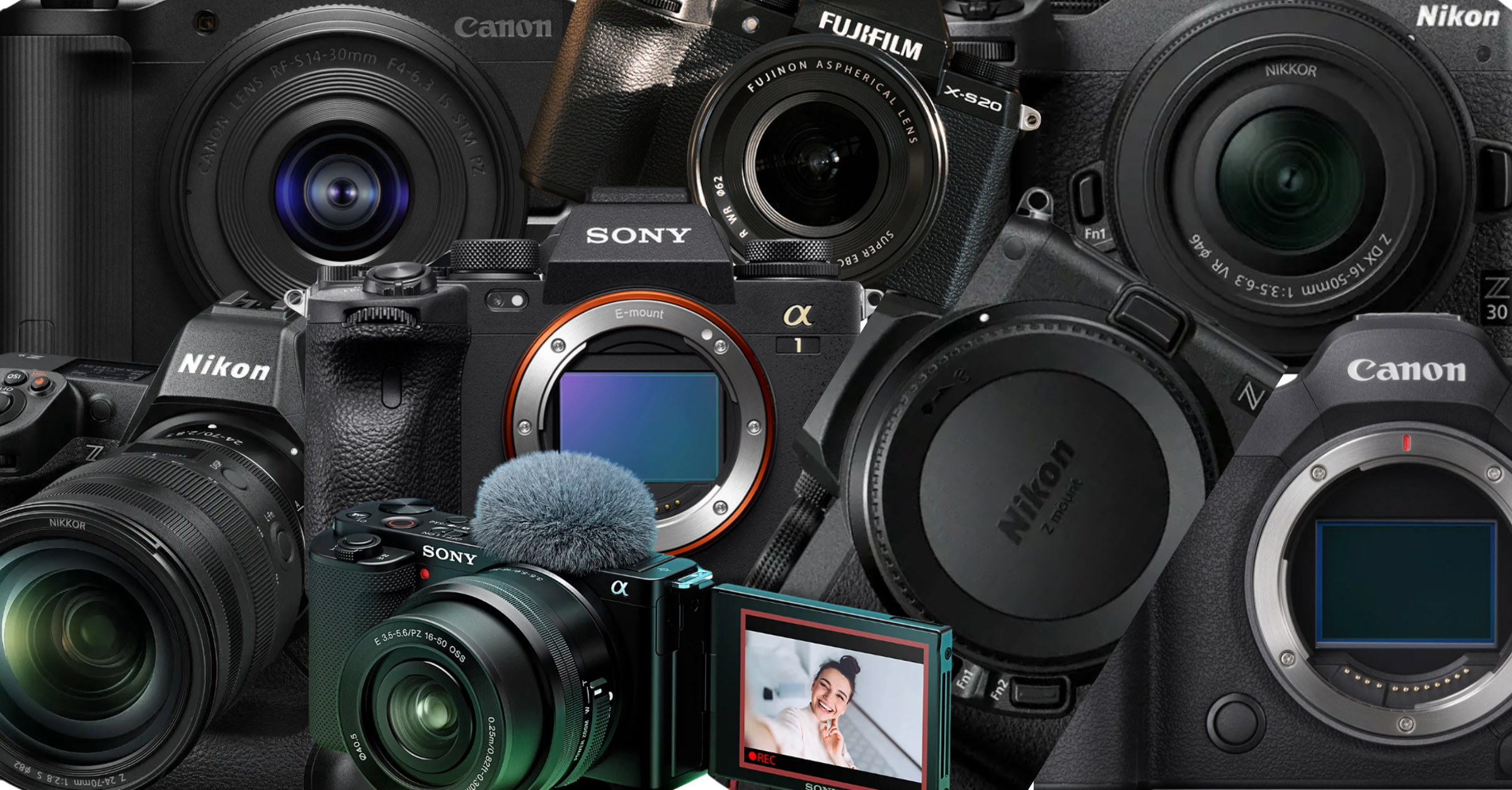
🔹 Best Cameras for Beginners (2025) 1. Canon EOS R50 Why: Compact, lightweight mirrorless with strong autofocus and image quality. Sensor: APS-C Key Features: Dual

Mastering Low-Light Photography: Best Camera Settings With and Without Flash Low-light photography can be a creative playground or a technical challenge—often both. Whether you’re capturing
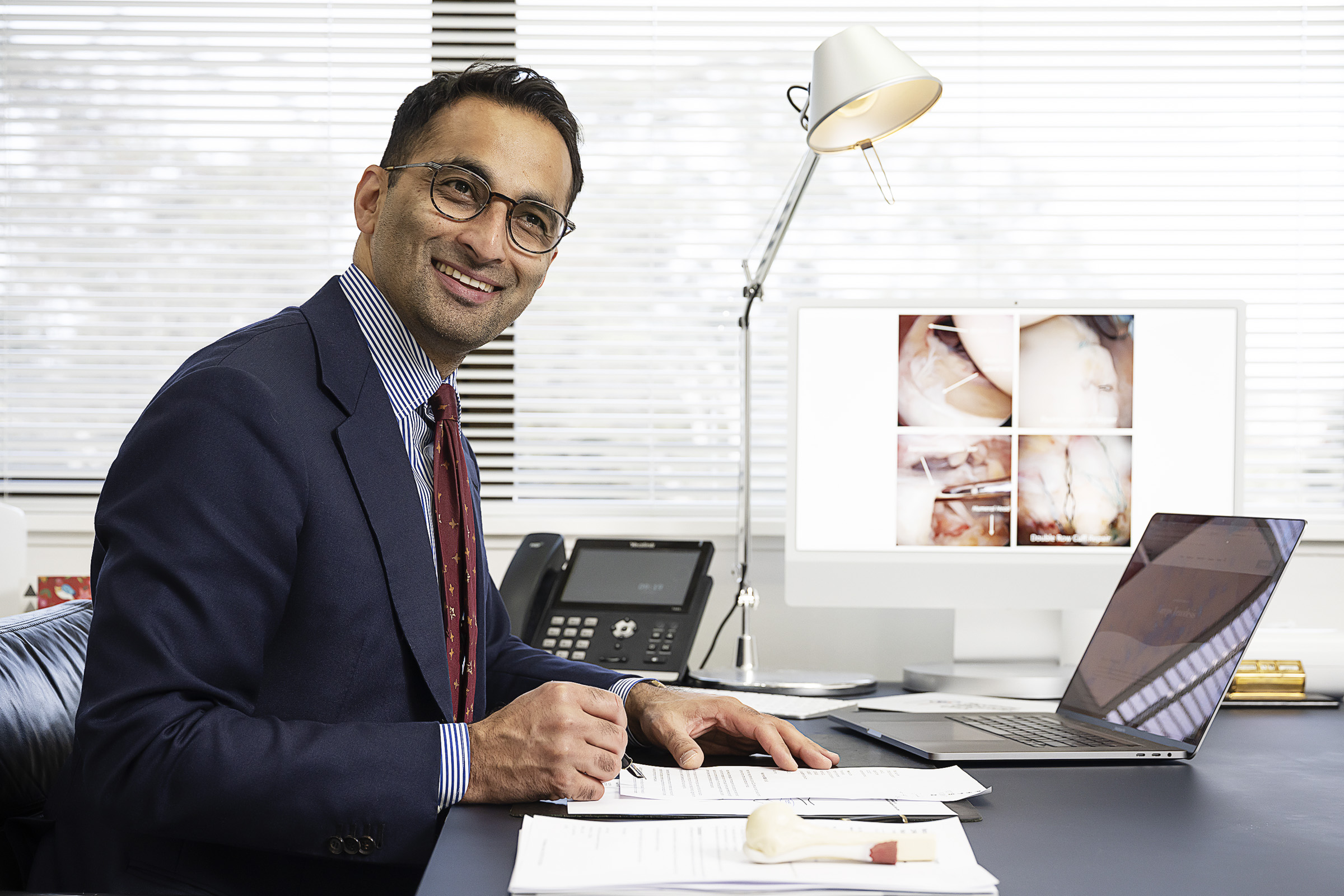
Why Posing Matters in Portrait Photography Posing isn’t about stiff limbs or forced smiles—it’s about bringing out the best in your subject. Whether you’re working
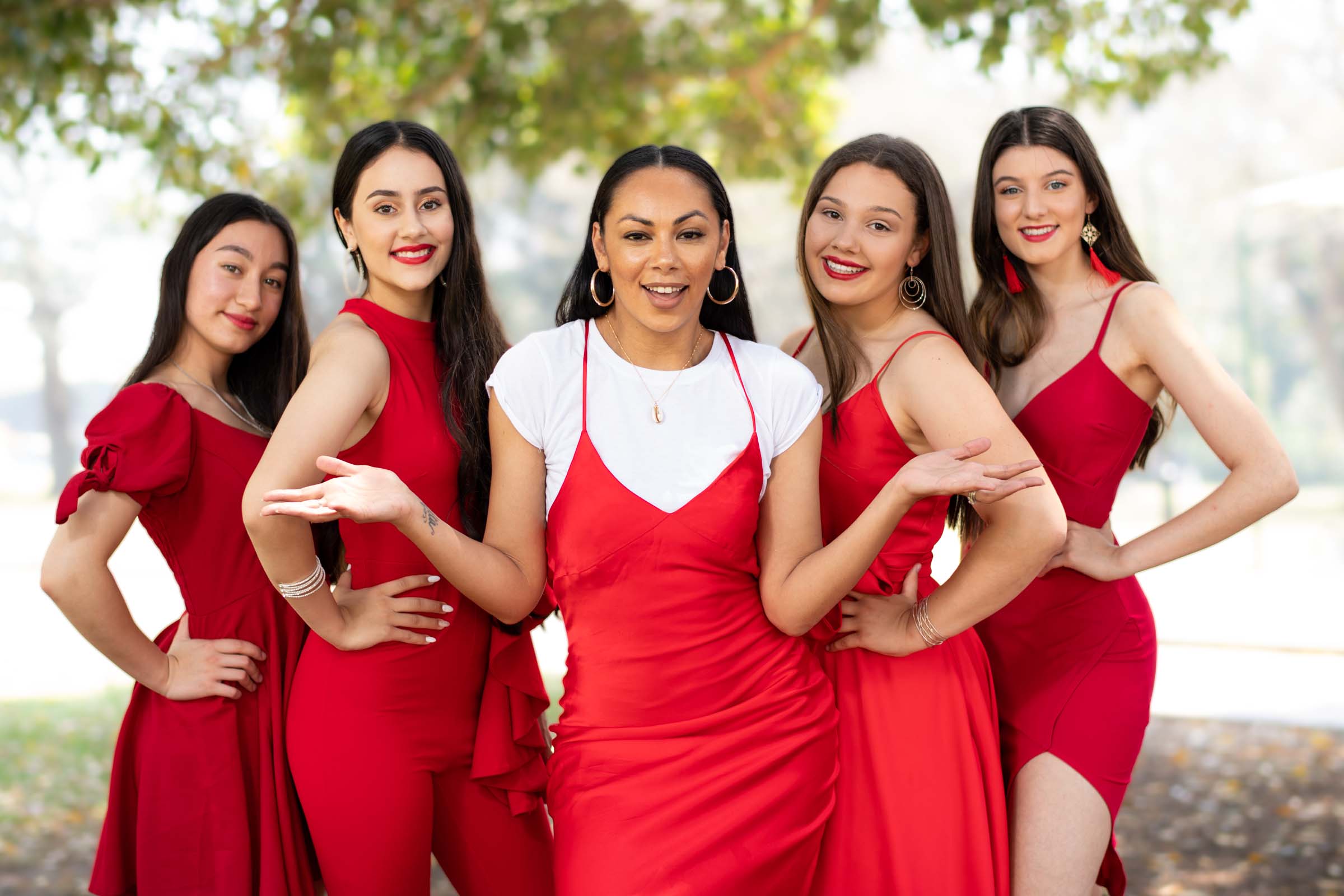
The Power of Open Body Language in Photography When it comes to capturing natural, powerful portraits, body language speaks louder than lighting, gear, or even

How Do I Balance Flash with Ambient Light Balancing flash with ambient light is a key skill that separates average photos from beautifully lit, professional-looking

A Photographer’s Guide to Creative Expansion In photography, light isn’t just an element—it’s the language we speak.And when it comes to natural light, we are
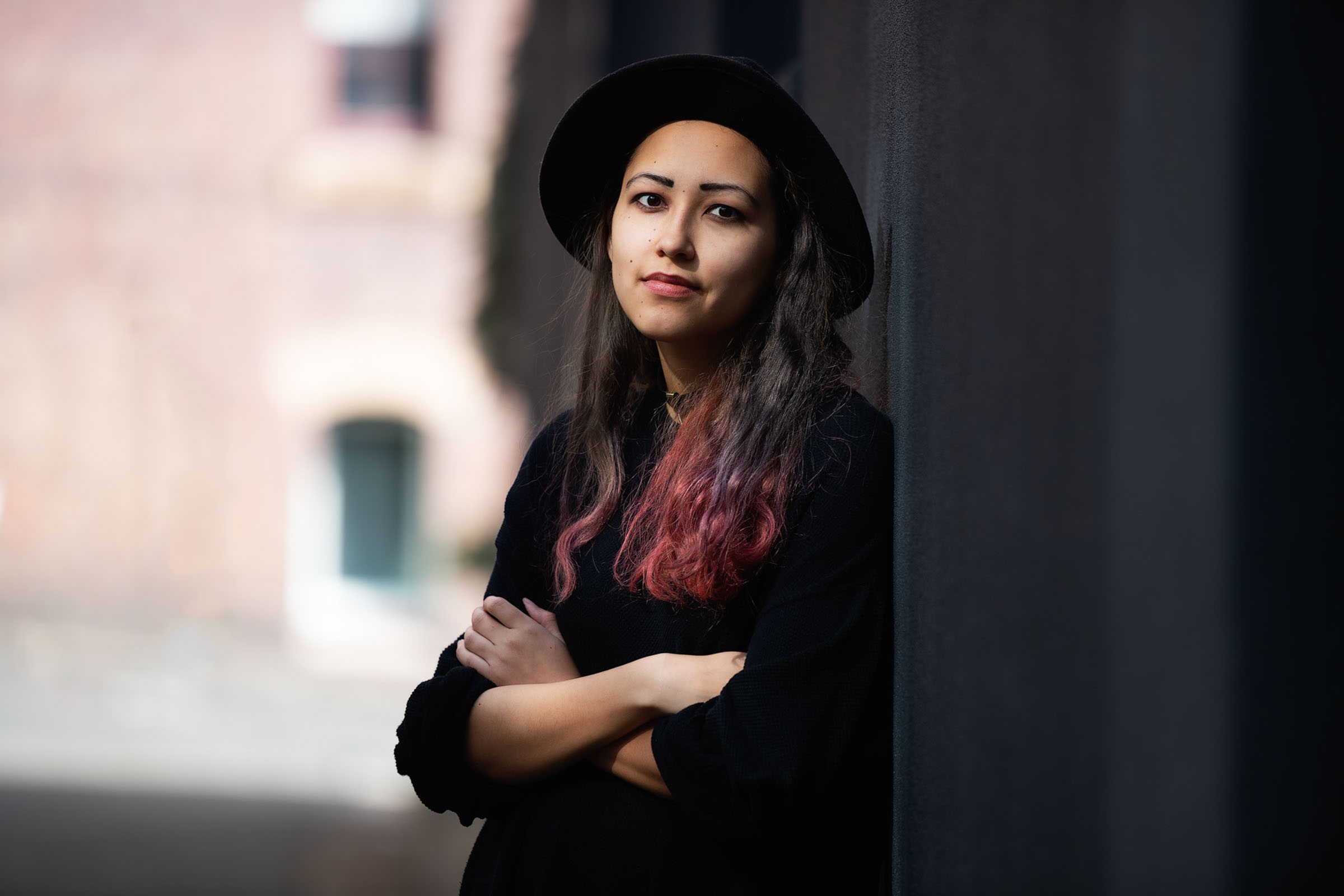
A Beginner’s Guide to Beautiful Lighting Natural light is one of the most beautiful and accessible tools in a portrait photographer’s toolkit. But to truly
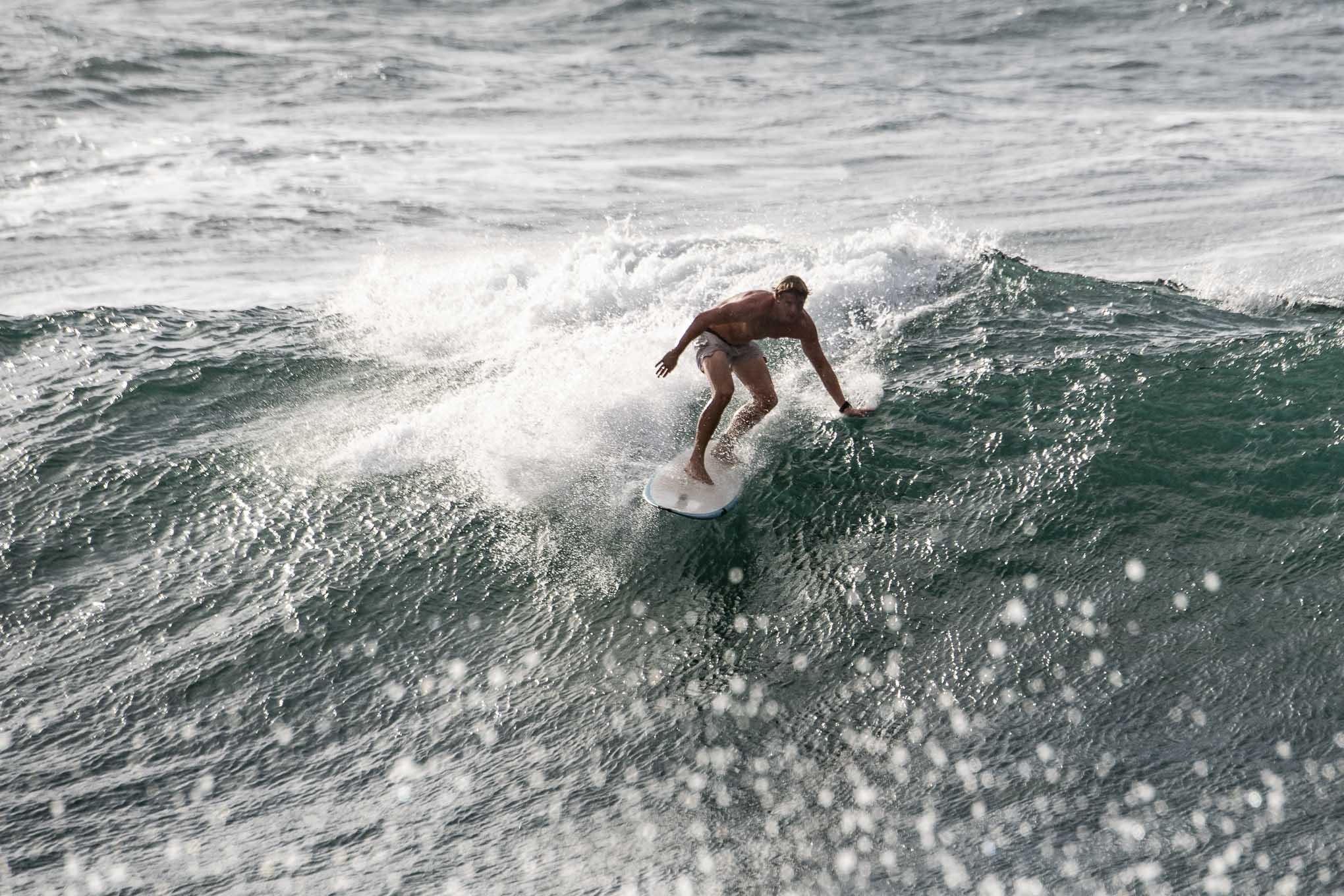
what you need to know Getting sharp images is a combination of good technique, the right settings, and proper camera handling. Here’s what you need
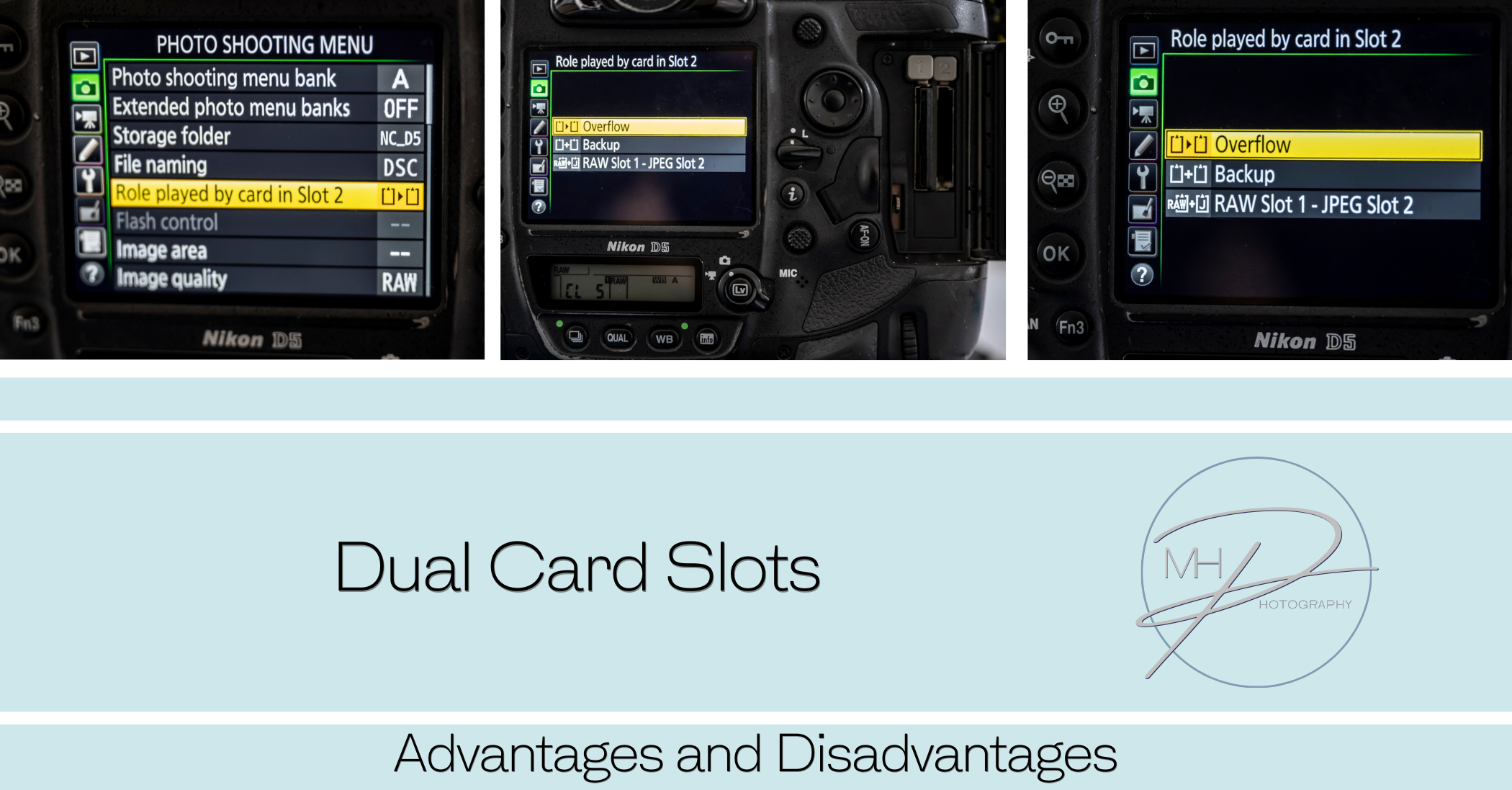
Many professional cameras offer dual card slots, allowing photographers and videographers to use two memory cards simultaneously. This feature enhances workflow efficiency, data security, and
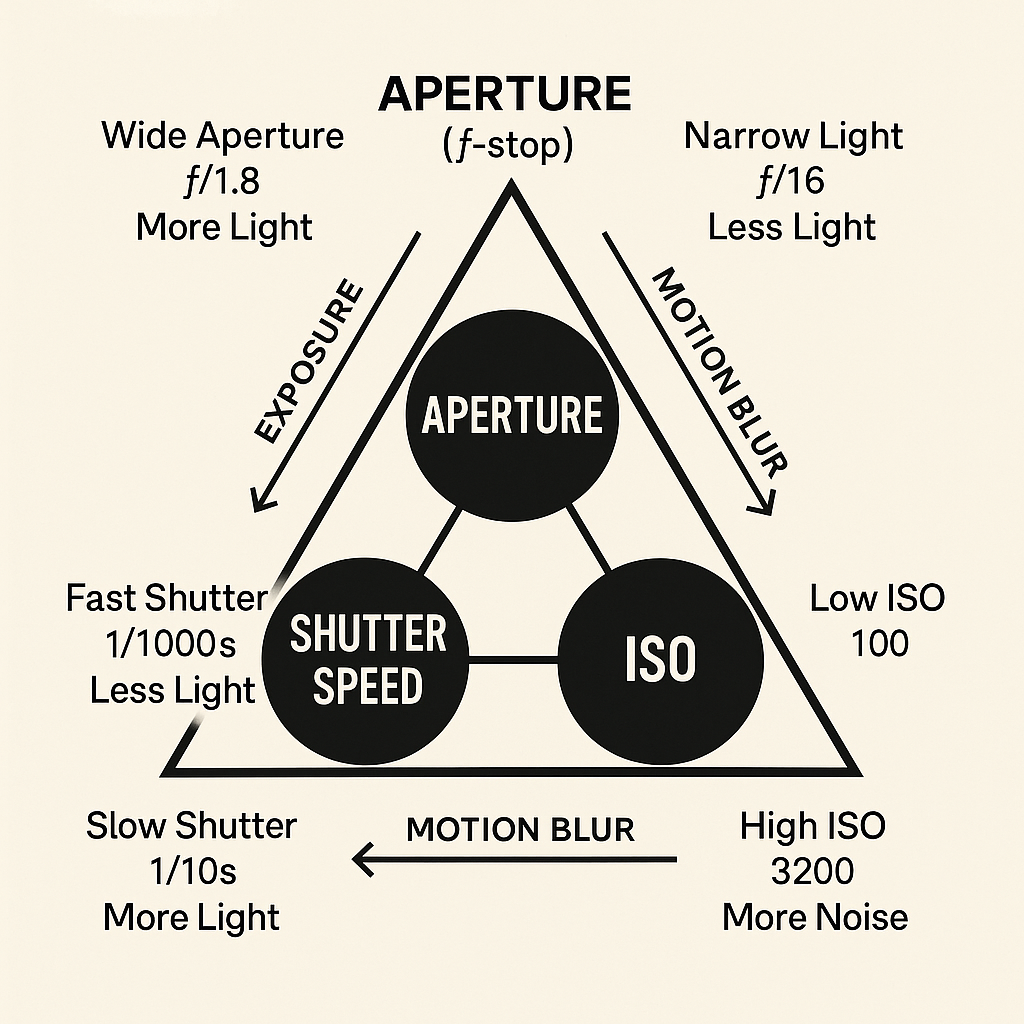
The exposure triangle The exposure triangle is a fundamental concept in photography that explains the relationship between three key elements that control the exposure (brightness